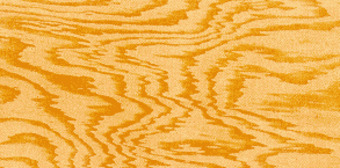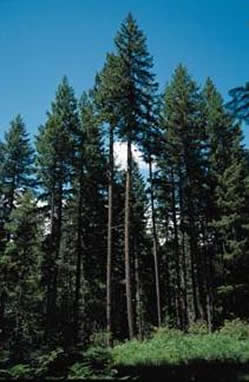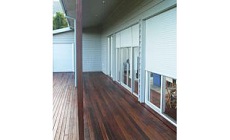

About
We Are a family run Business that aim to help people in the purchase of Building products . With over 40 years expereince in the building supply industry we aim to do our best in helping people find the right product or at least point them in the right direction to companys that can help.
Brochures and links
Oregon, Douglas Fir
Botancial Name: Pseudotsuga menziesii
A second variety of Douglas Fir, Pseudotsuga menziesii var. glauca is commonly called Rocky Mountain Douglas Fir or Blue Douglas Fir.
Douglas Fir is a softwood widley available throughout Australia. The source of the timber is primarily North America with additional supplies being plantation grown in New Zealand.
Heartwood colour ranges from a yellowish to pale reddish yellow (slow growing) to orange red or reddish brown (fast growing), the colour varying greatly in different samples. Sapwood is distinctly paler varying in width from about 50mm in mature trees to 75mm in fast growing plantations. Growth rings are very prominent because of the considerable difference in density between earlywood and latewood; this also leads to a course unevan surface texture.
The timber is easy to work, although due to the difference in hardness between earlywood and latewood some care is required in planeing and dressing, differential glueing can occur and end spliting may result when nailing.
Douglas Fir is available in a large range of sizes and lengths, commonly up to 7.2m and often longer. It has been regularly used as construction timber in Australia for over 100 years as well as high grade joinery such as windows, doors, mouldings, staircase components and exposed beams.
Timber Properties
Density(average)
650kg/m3 green
530kg/m3 dry
DurabilityClass 4
Strength Group
S5 green
SD5 dry
Hardness Rating(average)
2.3kN green
3.2kN dry

Typical Douglas Fir regrowth in North America
Gallery







